AJA Students Process Oct. 7 with ‘Hope & Despair’
A group of seventh- and eighth graders at Atlanta Jewish Academy created an art installation as a response to the brutal attacks by Hamas.
Sasha Heller is the Web Editor and Copy Editor for the Atlanta Jewish Times
The attack by Hamas throughout Israel on Oct. 7 left the collective Jewish community in a state of shock.
The atrocities were shocking. The videos were shocking. The stories, and the vitriol, were shocking. And all of it was readily accessible on social media where even the youngest Jews could be exposed to the brutality, the hatred, and the propaganda.

To make sense of it all, and to help process through the grief they may have experienced, a talented group of seventh- and eighth graders at Atlanta Jewish Academy created an art installation entitled, “Between Hope & Despair,” that incorporated elements of the war with Hamas, like posters of hostages, into original works of art. The pieces expressed a range of emotions – anger, frustration, humility, love, and sadness.
Parent coordinator and project leader Niffy Cohen, a native of Israel and an artist, came up with the idea for the art project after the attack. Feeling helpless and thousands of miles from home, Cohen wanted to find a way to involve her passion for art to help the Jewish community heal.
“On Oct. 7, we woke up to the horrendous tragedy unfolding in Israel,” Cohen said. “As the days went by, I was watching from 6,000 miles away … I couldn’t go home to Israel to support my family and my country and began looking for ways to plug into the moment, to support the cause. I hoped to use my skills as an artist to help local Jewish Atlantans – and myself, of course – process our pain.”
After making a few phone calls to see who might be interested in collaborating on the art project, Cohen heard back from AJA where, conveniently, her children attend school. AJA school counselor Silvia Miller was also looking for a way to help the students deal with the tragedy and connected with Cohen to outline the project’s details.

Miller invited a select group of seventh and eighth graders to meet weekly with Cohen, and “we began sharing our feelings and forming a community around our pain,” Cohen said. “And I helped them create art to express their emotions.”
She explained that each session began with meditations and conversations about the unfolding events in Israel and how the students’ feelings were evolving.
“Sometimes, these conversations flowed easily, and other times they were more difficult,” Cohen said, adding that several of the students who initially seemed hesitant “began to open up as they used the medium of art to express themselves. It was beautiful to watch their feelings find expression through their art. And hopefully, there was healing and deeper understanding in that.”
Toward the conclusion of the creation process, Cohen and school leaders noticed the attention the project had garnered from other students, teachers, and parents. The project leaders decided to display the artworks so the community at-large could take comfort and strength from the students’ creative output.

“The end result was inspired, curated, and created by the students themselves,” Cohen said. “They wanted to create a space where people could come to connect to both the painful events that transpired on Oct. 7, and also to the range of emotions those events evoke. We wanted to express the emotions of both hope and despair … two major themes that came out of the discussion with the students and their artwork. These are strong and opposing emotions … and the exhibition invited guests to walk through and live with those paradoxical emotions in one space.”
During the exhibition, the students and faculty were met with praise and pride from the community and some reported being moved to tears.
“Lots of people commented that it was important to have a place to gather to mourn and process together, as well as to experience the pain of Oct. 7 as a community,” Cohen said.



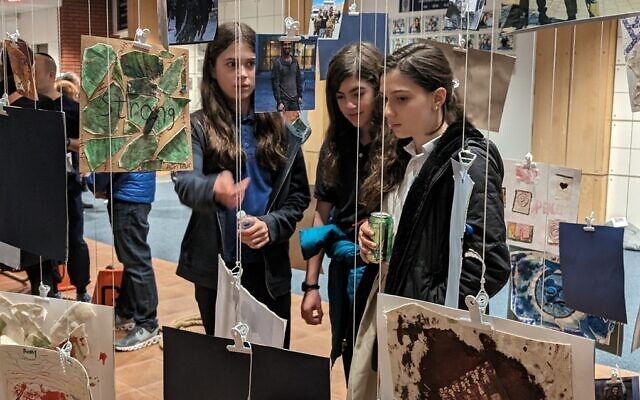
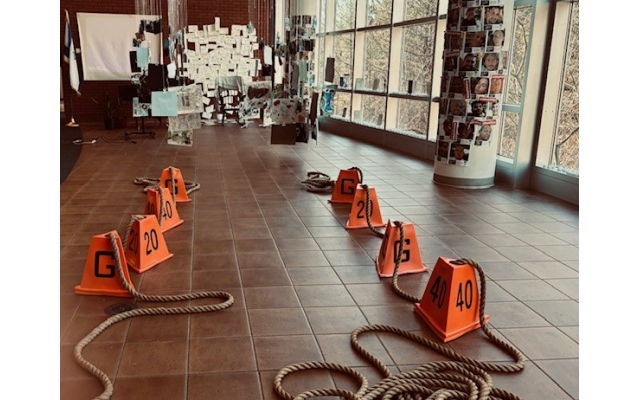
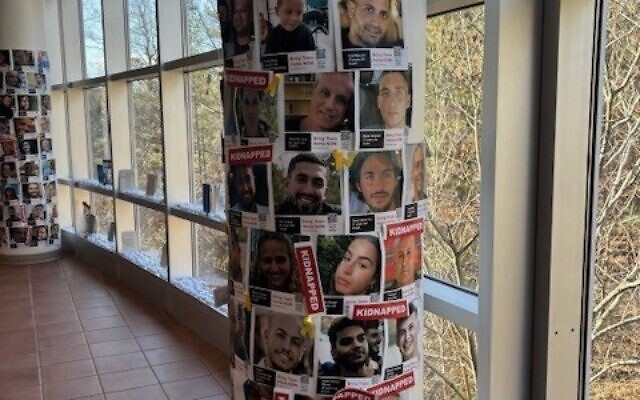
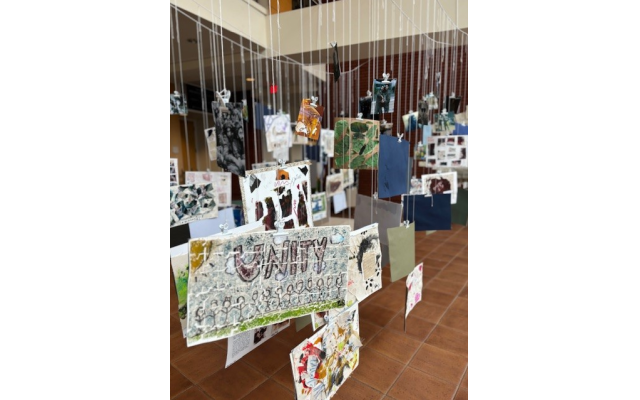
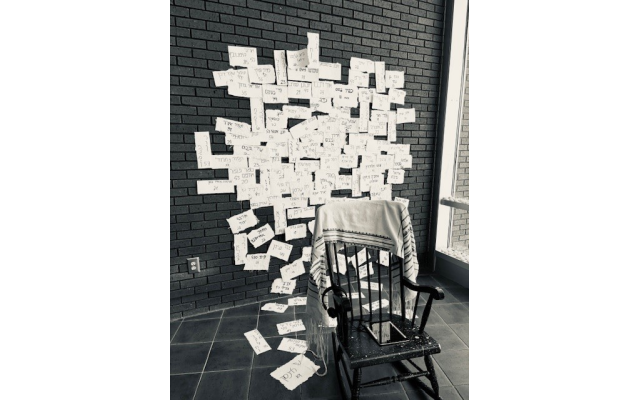
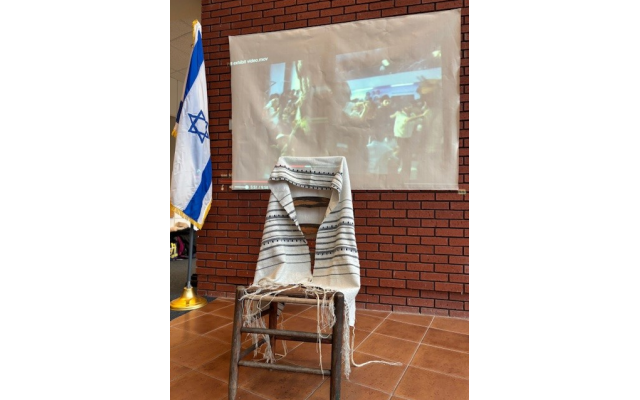
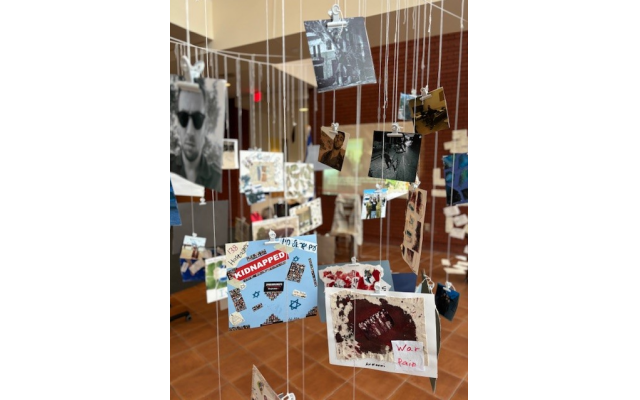
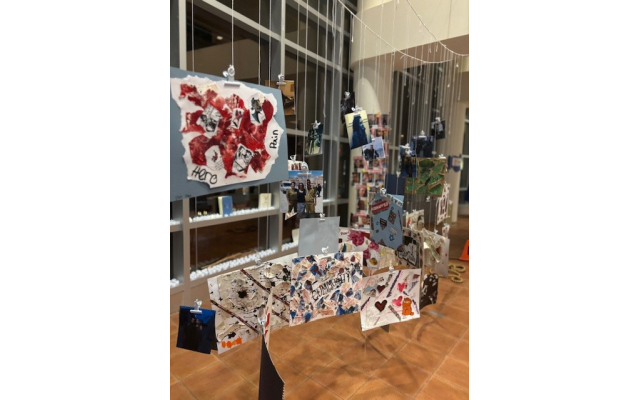
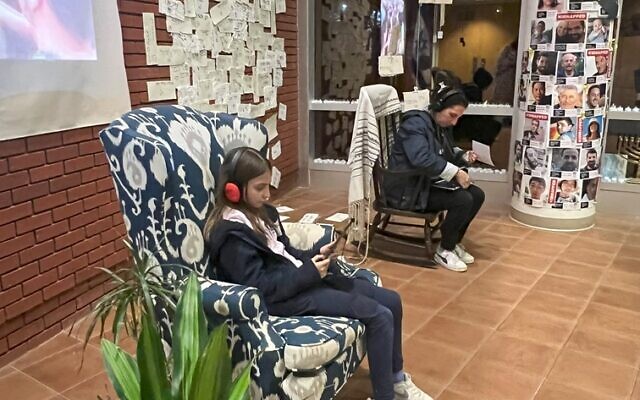
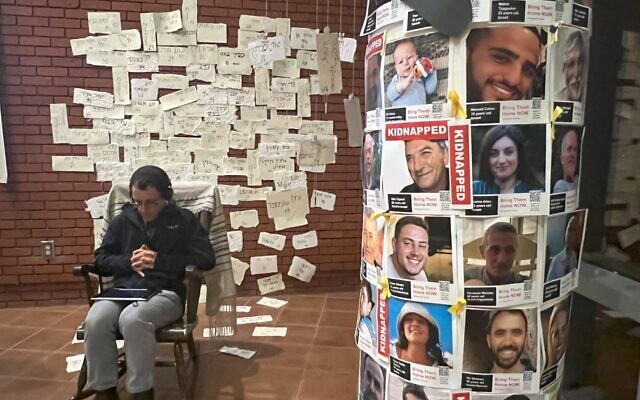
comments